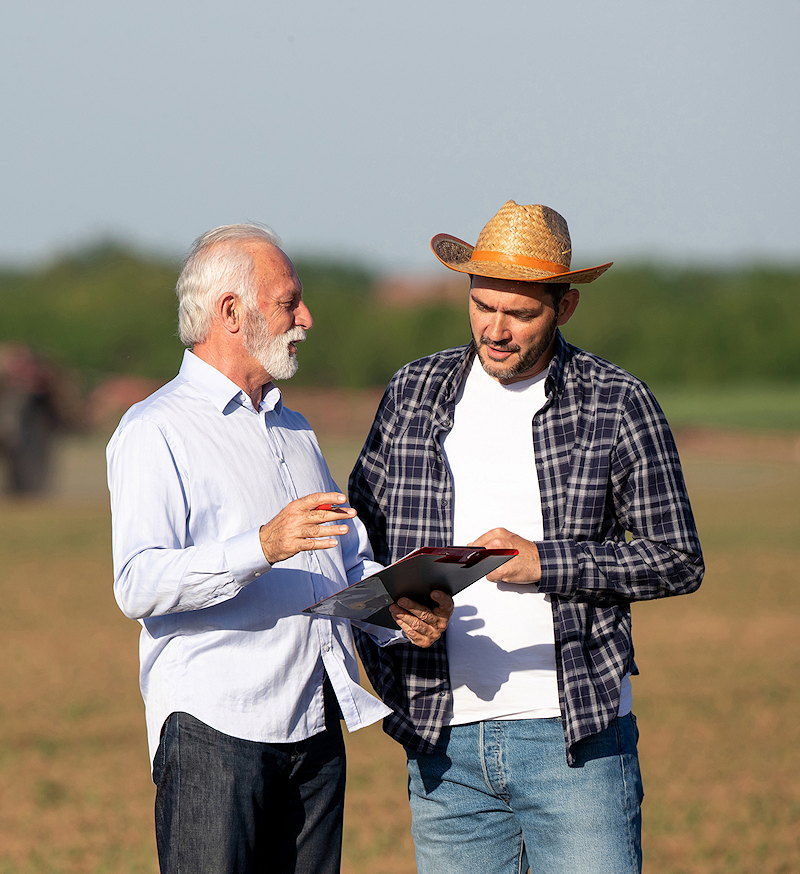Our Process
The search for common ground—and ways to move forward—calls for experienced conflict management skills to uncover commonalities in the midst of seemingly intractable conflict or delays.
Assessment
During the assessment, we get to the heart of the matter by asking key questions, including:
- 1What is our goal?
- 2Are the issues timely and appropriate for collaborative problem-solving?
- 3Who should be at the table?
- 4What resources, structures, and skill sets do we need to reach our goals?
- 5What are the common perspectives, history, values and themes among all those involved?
The stakeholder responses to these questions prepare us for the next step.


Initial Process Design
Once an assessment is completed, the next step is designing an initial process that meets the needs of the situation and gets the right people to the table.
The design process should meet the following goals:
- 1Provide collaborative learning opportunities about the issues involved.
- 2
Balance the size of the group (efficiency and inclusivity) with the ability of the group to achieve its goals (effectiveness).
- 3
Identify and include stakeholders who represent diverse interests, perspectives, and resources and ensure each stakeholder group feels heard.
The process design for each group is unique, and it may need to adapt along the way. It’s also important that conversations about initial process design be transparent and include input from all participants.

Mediation
The mediation process is designed to provide a safe space to help parties feel heard and empowered to work toward solutions to conflicts that feel intractable.
Acting as a neutral third party, a mediator works to help disputing parties explore whether they want to find a solution and whether a compromise is feasible.
Mediation is typically a faster and less expensive process than litigation. The parties also have more control over the outcome than they would by either going to court or avoiding the conflict altogether. Mediation tends to involve fewer parties and requires fewer meetings than a multi-party facilitation.
Common goals of a mediation can include:
- 1Repairing a relationship
- 2Working on a neighborhood dispute
- 3Resolving an employment issue
- 4Receiving payment or a service in lieu of payment
- 5Working together on a project or business
Whatever they are, we will work together to determine and pursue your mediation goals.


Facilitation
Facilitation helps a group make decisions and forge a path forward together.
In contrast with mediation, which helps parties gain understanding of each other’s perspectives during a seemingly intractable conflict, facilitation is used when the people involved are still capable of collaborating and working together.
Facilitation usually includes a combination of in-person meetings, conference calls, discussions about research, and field trips. The process is less about applying fixed formulas and more about tailoring the process—through feedback and iterative learning—to meet the group’s needs.
“I have worked with Richard on several important environmental policy dialogues. He is professional, prepared and most importantly, wise. For example, we worked together on convening a policy dialogue regarding whether a community would support applying for designating a local river as a Wild and Scenic river. Richard was extremely thoughtful as we prepared questions and discussed the issue with Stakeholders. Richard is a great listener as well as being an ethical and thoughtful person.”



